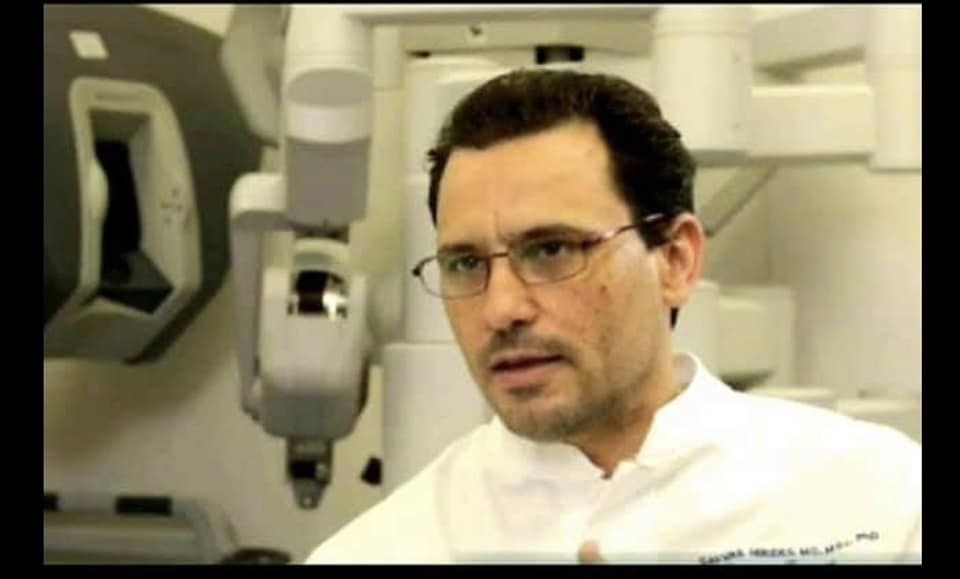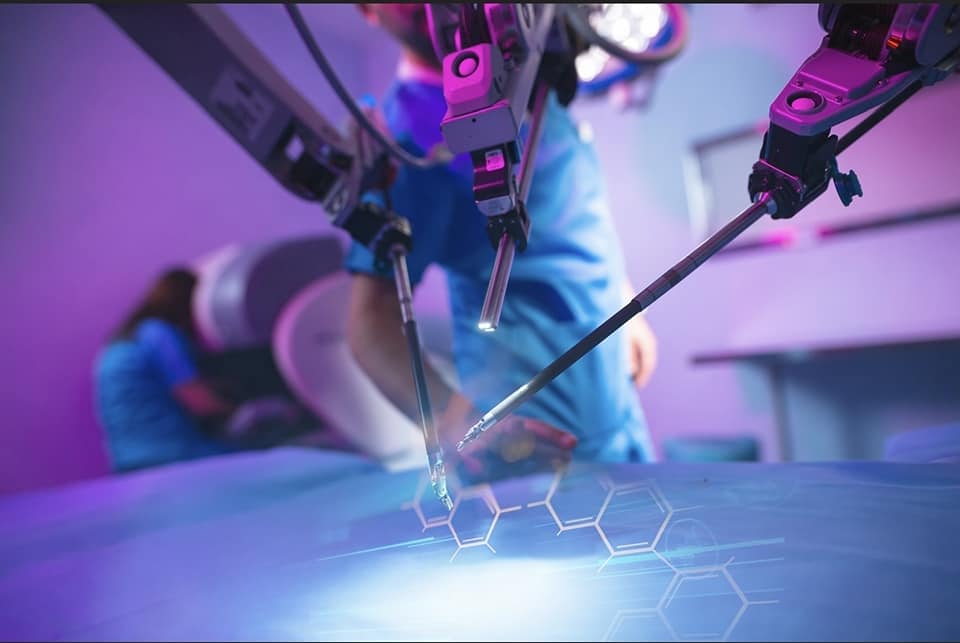ROBOTIC SURGERY - THE SURGEON'S EXPERIENCE IS MORE IMPORTANT THAN THE ROBOT!
----------
Robotic Surgery is considered an evolution of laparoscopic surgery because it brings the computer between the surgeon and the patient for the first time, remaining perfectly in tune with the rapid evolution we encounter around in microelectronic systems and information technology.

However, it is still a laparoscopy ! Laparoscopic Surgery, which has revolutionized the 90s, is the basis for any robotic surgery today. The robot is simply a more sophisticated laparoscopic tool. The surgeon's experience determines the outcome of the operation and not the type of equipment. That is why every surgeon must know well and respect the principles of classical open surgery, surgical anatomy and international surgical oncology guidelines, regardless of the tool he holds in his hands!
Numerous urological surgeries are performed daily with radical prostatectomy leading the way, while in general surgery the robotic system finds application in difficult operations for reflux septal hernia, achalasia esophageal composite surgery, cataract surgery, extensive solution of adhesions from old open surgeries, obesity surgeries and Single Site surgeries (from a single hidden incision) in selected patients.

The surgical robot consists of the control console and the robotic arms. The surgeon sits in a more upright, adjustable position (the literature reports chronic injuries to the surgeon's body from conventional laparoscopy), on a console from where he can see three-dimensionally inside the abdomen with special stereoscopic glasses and control the arms and robots. tools with special controls. The main advantages of robotics are the three-dimensional display (high definition, without the need for focus) of the surgical field and the great ease (7 degrees of freedom) of movements of the robotic arms, which resemble those of the "human wrist" and offer high precision manipulations. Intra-abdominal suturing is also significantly facilitated, especially in narrow and inaccessible areas of the abdomen. In addition to, Robotics offers the safest platform for performing operations of a hidden incision, which minimizes the trauma and offers an excellent aesthetic result to selected patients (Single-Site). Recently, the focus has been on the development of navigation systems within the robotic system, most importantly the Firefly system in which a fluorescent substance (ICG) reveals the hidden anatomy of the lymph nodes, bile ducts and colon perfusion when stimulated with laser beam from camera infrared.

New tools with state-of-the-art technology and advanced surgical energy generators (cauterization and vascular occlusion) amplify the latest generations of robotic systems. The rapid development in intraoperative navigation technology, augmented reality, artificial intelligence and microporotation, promise to lead surgery to the next years: Surgery 4.0
(Text translation generated automatically)
